Boarding and private schools have unique furniture needs to accommodate students who live on campus. The furniture used in these settings is often functional, durable, and designed to foster learning and community living. Here are some examples:
- Dormitory furniture: Dormitories typically include beds, dressers, wardrobes, and desks for each student. Furniture in dormitories needs to be durable, comfortable, and able to withstand heavy use.
- Classroom furniture: Classroom furniture typically includes desks or tables and chairs. Desks may be individual or shared, and chairs may be stackable or rolling for flexibility.
- Common area furniture: Common areas such as lounges, libraries, and student centers may have comfortable seating such as sofas, lounge chairs, and bean bag chairs to encourage relaxation and socialization.
- Dining furniture: Boarding and private schools may have dining halls or cafes that require furniture such as dining tables and chairs.
- Office furniture: Faculty and staff offices typically include a desk, chair, and storage cabinets. Office furniture may be adjustable to accommodate different work styles and preferences.
- Athletic facility furniture: Athletic facilities may require furniture such as benches, lockers, and equipment racks.
Overall, the furniture used in boarding and private schools is designed to be functional, comfortable, and conducive to learning and community living. Dormitory furniture needs to be durable and comfortable to provide a comfortable living spacefor students. Classroom furniture needs to be flexible and adaptable to different teaching styles, while common area furniture needs to be comfortable and conducive to relaxation and socialization. Dining furniture needs to be practical and easy to clean, while office furniture needs to be adjustable to accommodate different work preferences. Athletic facility furniture needs to be durable and designed to withstand heavy use. The furniture used in boarding and private schools may be subject to specific safety requirements and may need to meet certain standards to ensure the well-being of students and staff.

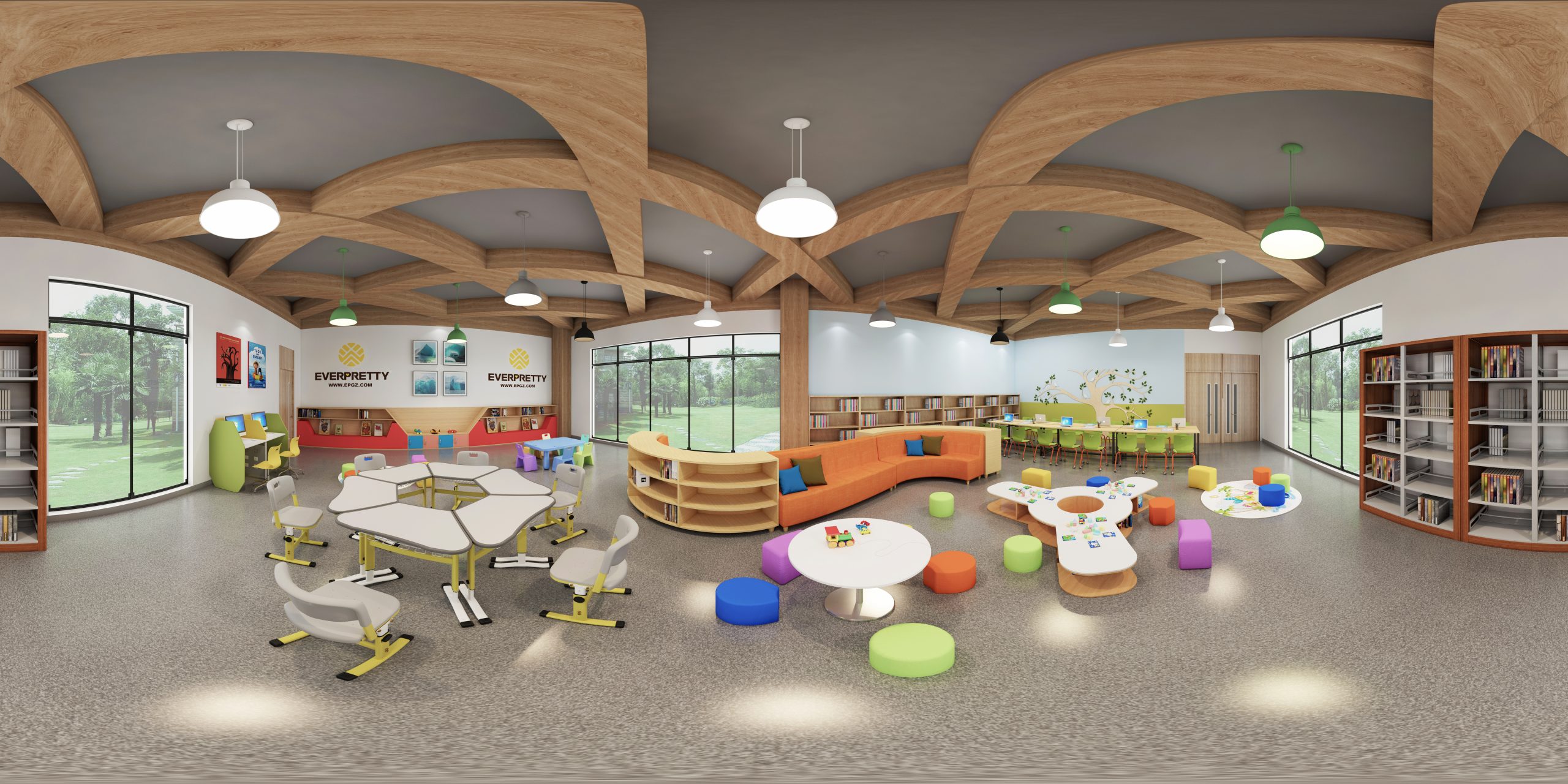
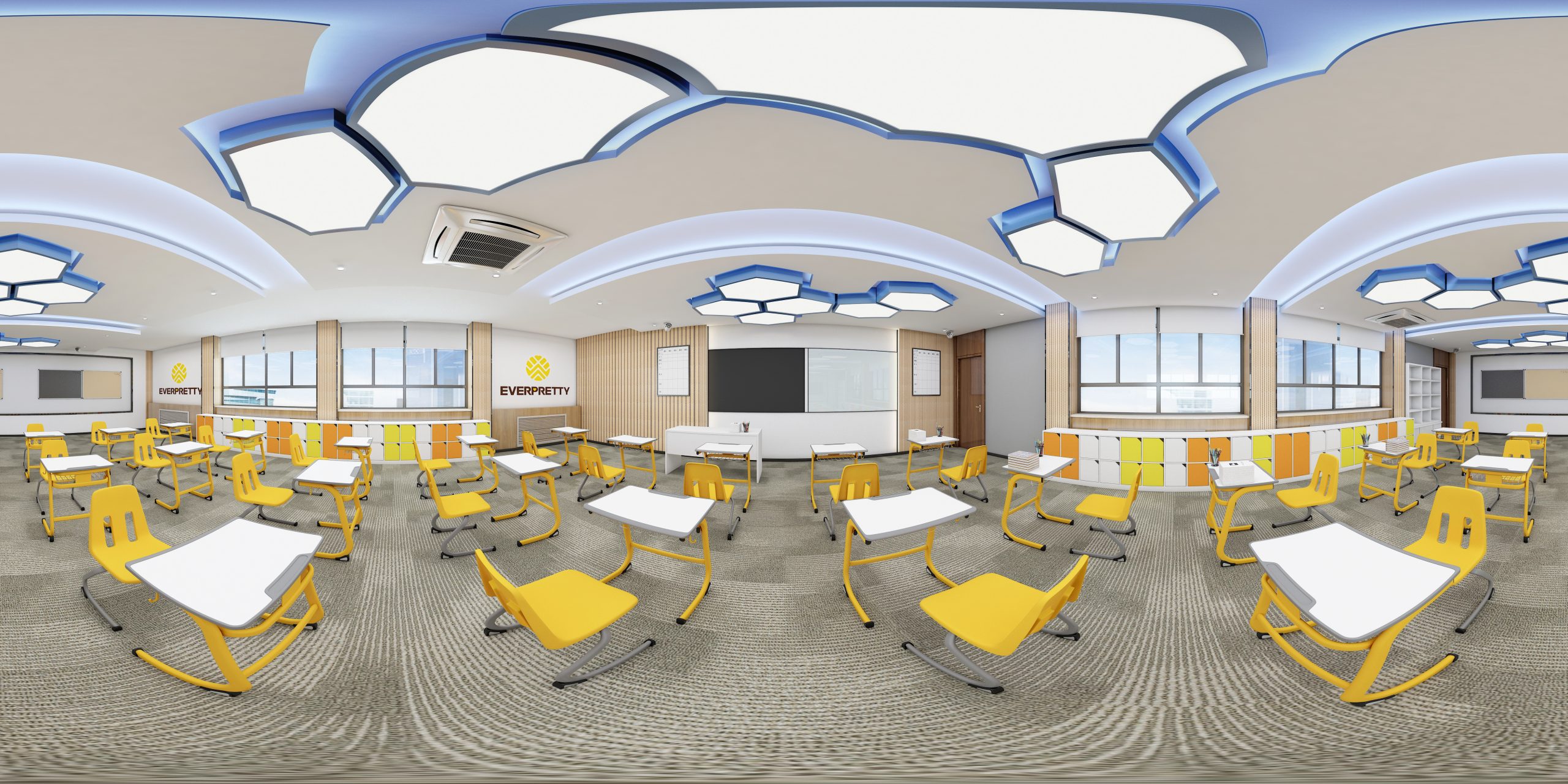
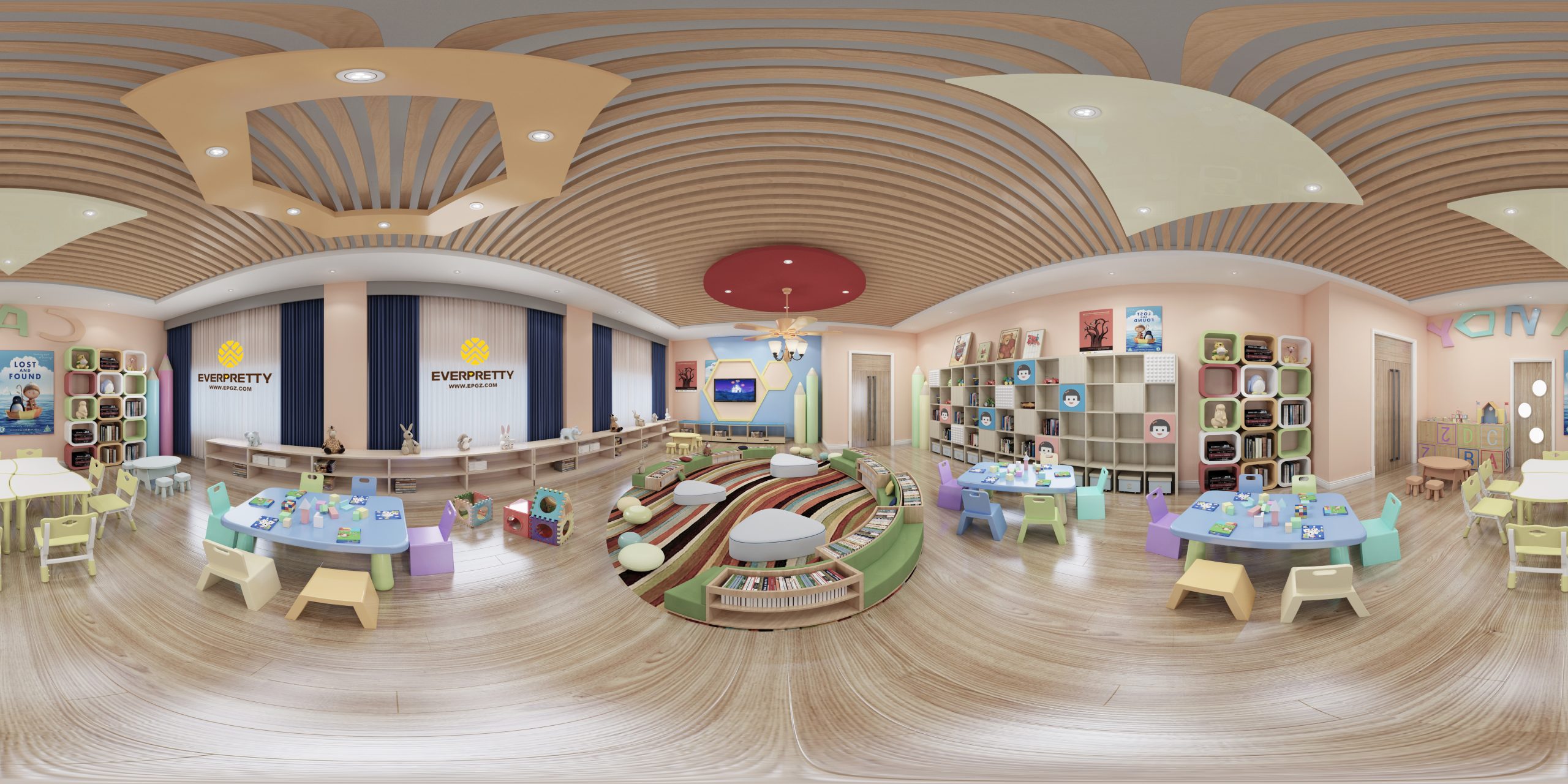
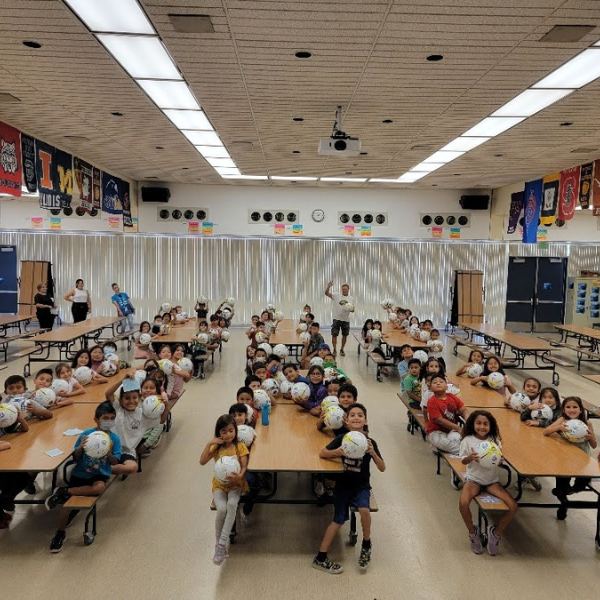
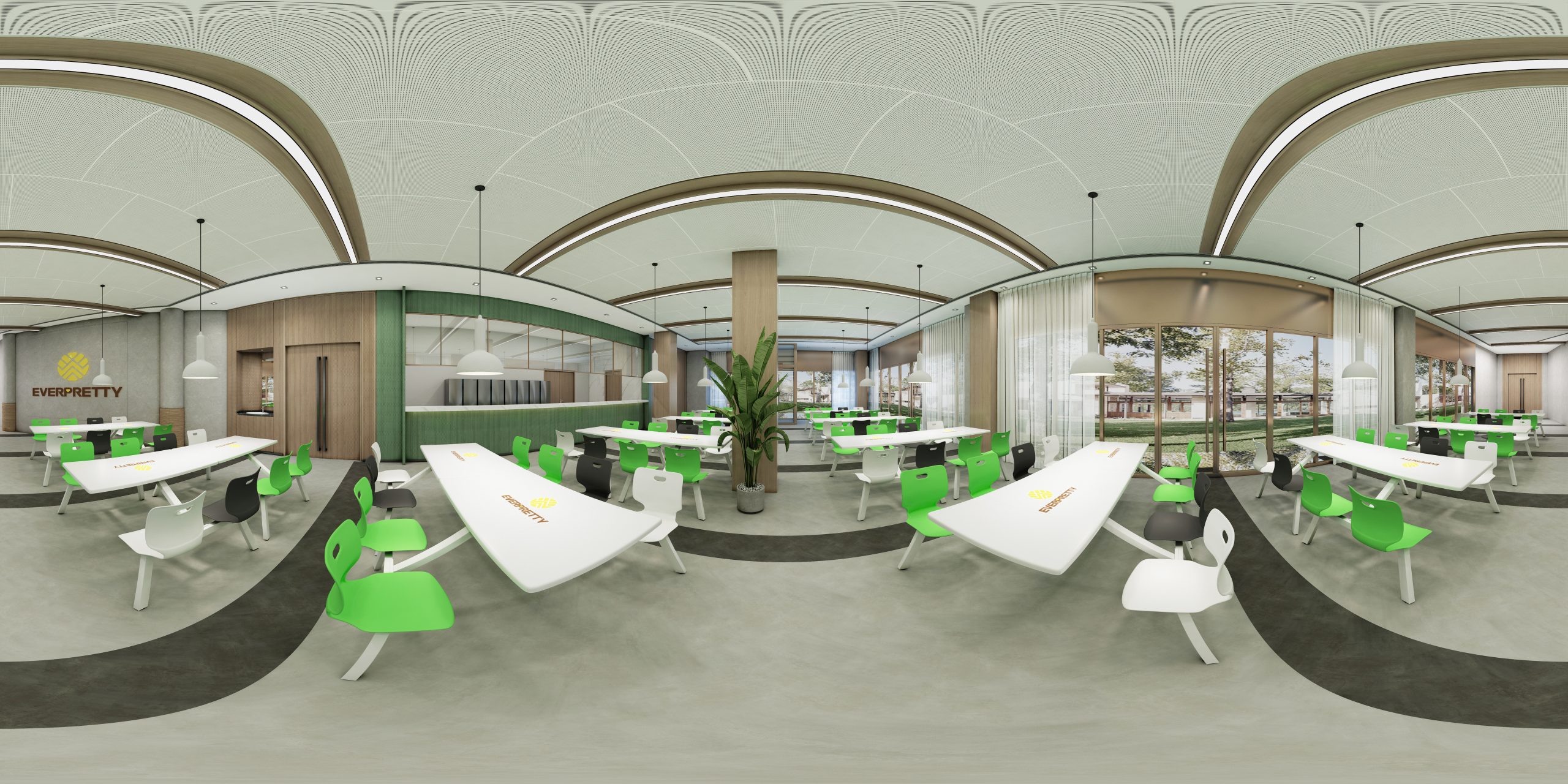


Leave A Comment